I recall back in the late 1980’s when logic synthesis tools were first commercialized, at first they could read in a gate-level netlist from one foundry then output an optimized netlist back into the same foundry. Next, they could migrate your gate-level netlist from Vendor A over to Vendor B, giving design companies some… Read More
 Should the US Government Invest in Intel?“Most companies don’t die because they are wrong;…Read More
Should the US Government Invest in Intel?“Most companies don’t die because they are wrong;…Read More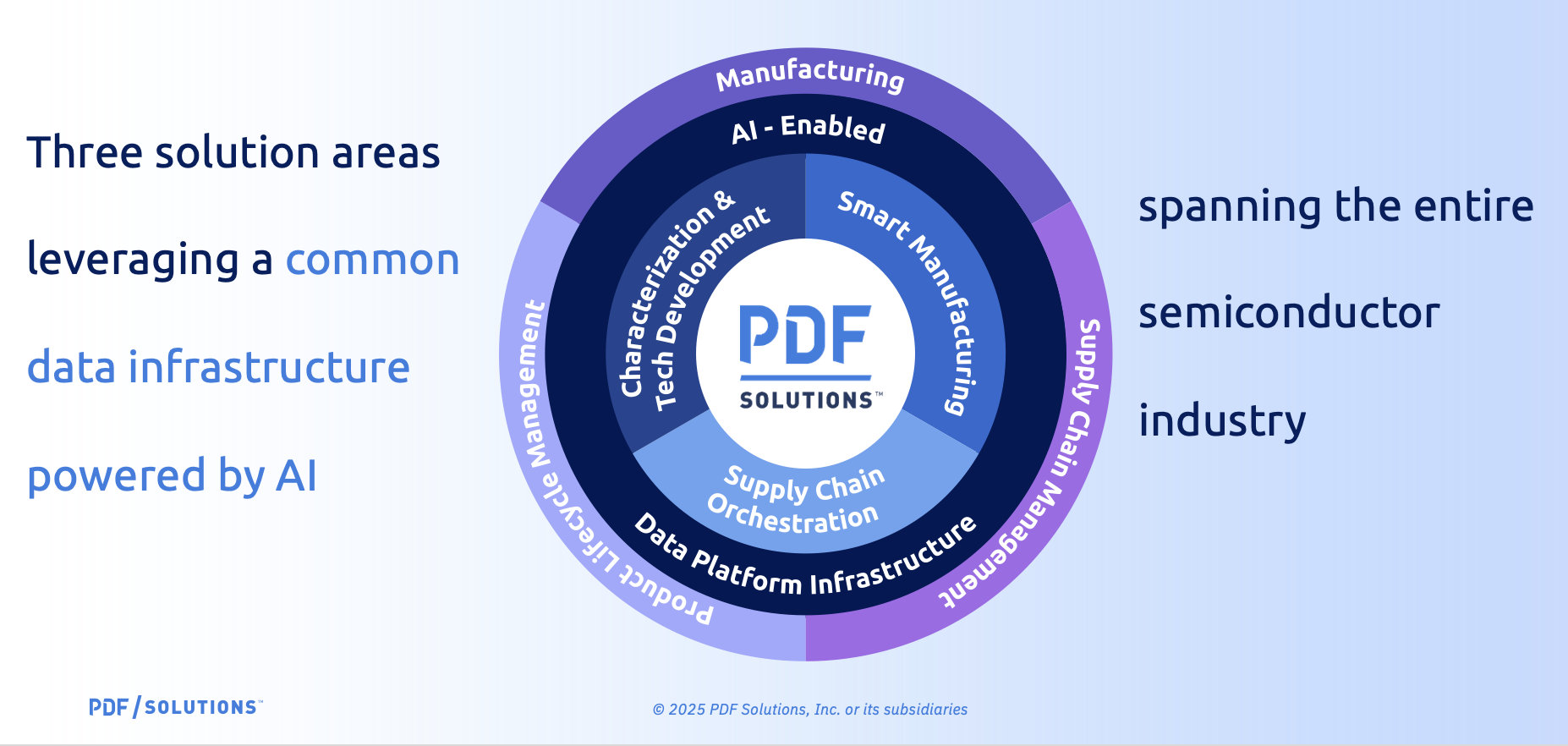 PDF Solutions and the Value of Fearless CreativityPDF Solutions has been around for over 30…Read More
PDF Solutions and the Value of Fearless CreativityPDF Solutions has been around for over 30…Read MoreNetSpeed’s Pegasus Last-Level Cache IP Improves SoC Performance and Reduces Latency
Memory is always a critical resource for a System-on-Chip (SoC) design. It seems like designers are always wanting more memory, and the memory they have is never fast enough to keep up with the processors, especially when using multi-core processors and GPUs. To complicate matters, today’s SoC architectures tend to share memory… Read More
Airliners without Pilots
Boeing will begin testing pilotless jetliners in 2018. Yes, the future of air travel may include planes without pilots. Just computers and calculations to get passengers safely to their destinations. Advances in Artificial Intelligence (AI) is opening up possibilities to make flying safer, more consistent, easier to manage,… Read More
Standard Node Trend
I have previously published analysis’ converting leading edge logic processes to “standard nodes” and comparing standard nodes by company and time. Recently updated details on the 7nm process node have become available and in this article, I will revisit the standard node calculations and trends.… Read More
Why Embedded FPGA is a New IP Category?
Yes, embedded FPGA is clearly an IP function, or design IP, and not a software tool or anything else. The idea to embed an FPGA block into an ASIC is not new, I remember the discussions we had in the ASIC marketing team when I was working for Atmel, back in 2000. What is new is the big interest for eFPGA in the semiconductor industry, even… Read More
Checking Clock Gating Equivalence the Easy Way
Synopsys just delivered a Webinar on using the sequential equivalence app (SEQ) in their VC Formal product to check that clock-gating didn’t mess up the functional intent of your RTL. This webinar is one in a series on VC Formal, designed to highlight the wide range of capabilities Synopsys has to offer in formal verification. They… Read More
Cadence’s Tempus – New Hierarchical Approach for Static Timing Analysis
While at the 54[SUP]th[/SUP] Design Automation Conference (DAC) I had the opportunity to talk with Ruben Molina, Product Management Director for Cadence’s Tempus static timing analysis (STA) tool. This was a good review of how the state-of-the-art for STA has evolved over the last couple decades. While the basic problem hasn’t… Read More
Machine Learning in EDA Flows – Solido DAC Panel
At DAC this year you could learn a lot about hardware design for AI or Machine Learning (ML) applications. We are all familiar with the massively parallel hardware being developed for autonomous vehicles, cloud computing, search engines and the like. This includes, for instance, hardware from Nvidia and others that enable ML … Read More
Rob Bates on Safety and ISO26262
Most of us would agree that safety is important in transportation and most of us know that in automotive electronics this means ISO26262 compliance. But, except for the experts, the details don’t make for an especially gripping read. I thought it would be interesting to get behind the process to better understand the motivation,… Read More
Designing at 7nm with ARM, MediaTek, Renesas, Cadence and TSMC
The bleeding edge of SoC design was on full display last month at DAC in Austin as I listened to a panel session where members talked about their specific experiences so far designing with the 7nm process node. Jim Hogan was the moderator and the panel quickly got into what their respective companies are doing with 7nm technology already.… Read More






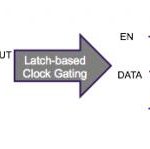

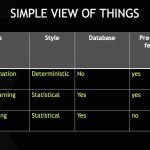
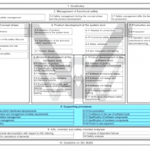
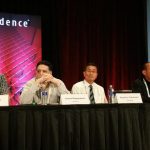
Intel’s Pearl Harbor Moment